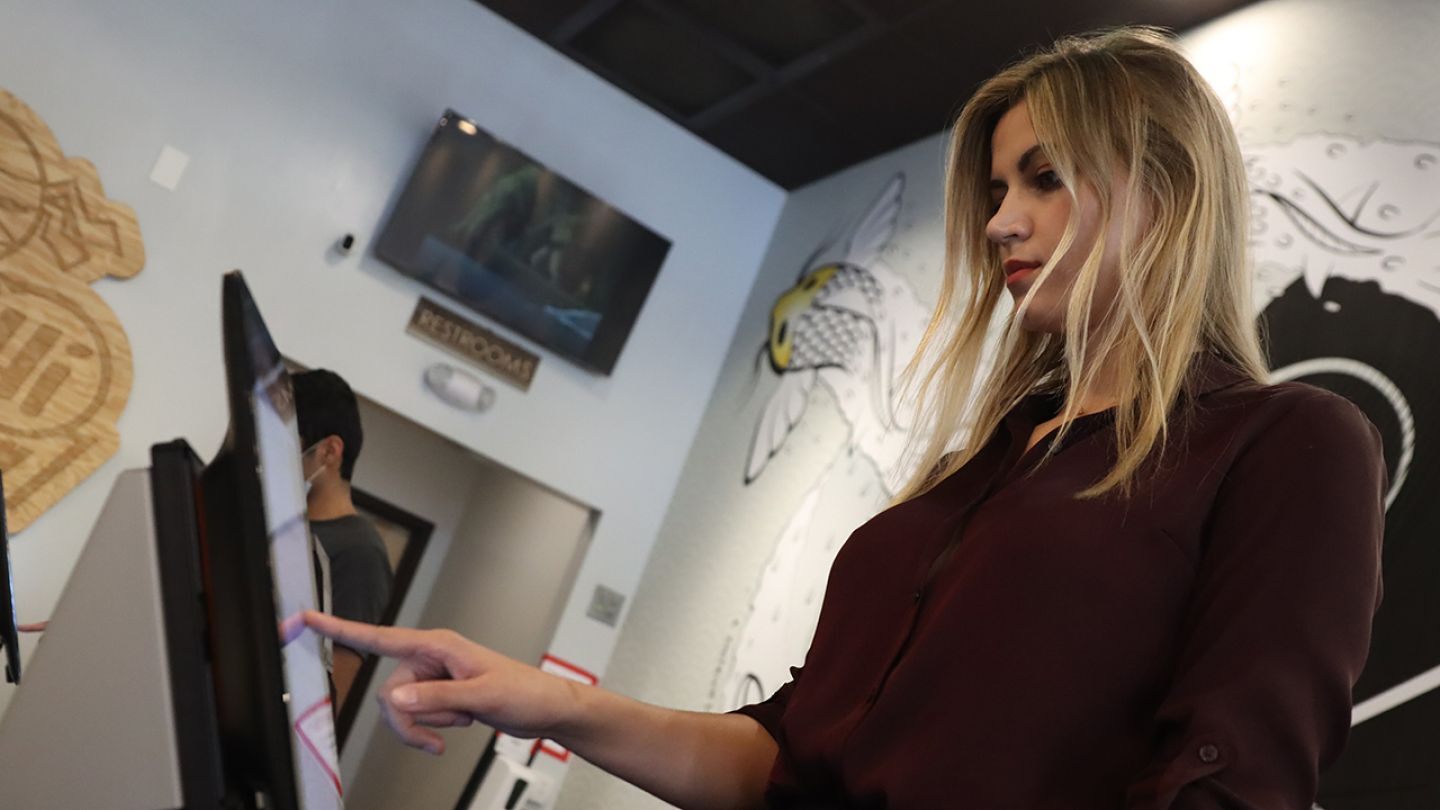
Florida Sushi Chain Says Self-Order Kiosks Have Kept Them In Business Through Pandemic
October 29, 2020 by Dave Haynes
The conventional thinking – me included – at the start of the pandemic was that the future looked particularly dark for companies that focused on interactive touchscreen technology, but the opposite has happened – and here’s a tangible example of why.
A small Florida chain of restaurants that specializes in sushi and operated on the basis of custom ordering at the counter was looking at a nightmare scenario because of health safety concerns and a need to heavily rework how it did business.
Here’s a Fox Business report on Sus Hi Eatstation:
Early on, the entrepreneurs used a “makeshift” kiosk for pickup orders through their preexisting system. However, the system was flawed and created a lot of issues.
Three months into the pandemic, the entrepreneurs turned to Grubbrr, a company that specializes in kiosk payment technologies. They implemented two kiosks at each of their restaurants across the state, costing them between $5,000-$7,000 per location. To convert all of their locations, they spent between $40,000-50,000.
The investment paid off.
By August, foot traffic skyrocketed. Some of their nine locations saw sales increase by 50%, while others increased between 10% to 20%, although the increase in occupancy restrictions had also helped, Robert Ly added.
In their fight for survival, the Lys learned the best thing to do in this type of industry is to learn how to adapt and pivot quickly. This can pertain to changes in customer needs as well as the overall environment.
Reports on the degree of risk of touching surfaces seem to have been all over the place in the last nine months, but the science is pretty clearly showing the risk of COVID-19 transmission is higher with close one-to-one contact.
While a touchscreen presents a risk, as I have written many times, using one is a very conscious act, and most people know they ought to whip out their hand gel right after using a touch screen or payment keypad.
What a touchscreen does, though, is negate the need to speak back and forth with a staffer that might be only three feet away – which the science says presents a greater risk.
I’ve heard from touch technology vendors that business has rebounded, and had discussions with companies that work in the food services business who say self-order kiosks make sense. But it is useful to see a tangible example of why interactive is making sense and making a difference for businesses.



This ‘knuckler” is not surprising to see this. The fact is we are all so used to touch, beginning with the ever present and necessary ATM. Prior to smartphones and tablets the ATM was probably the first interactive screen most people were introduced to. In addition to the safety aspect at QSR, it also allows for a brand to engage with their customers more and up sell products.